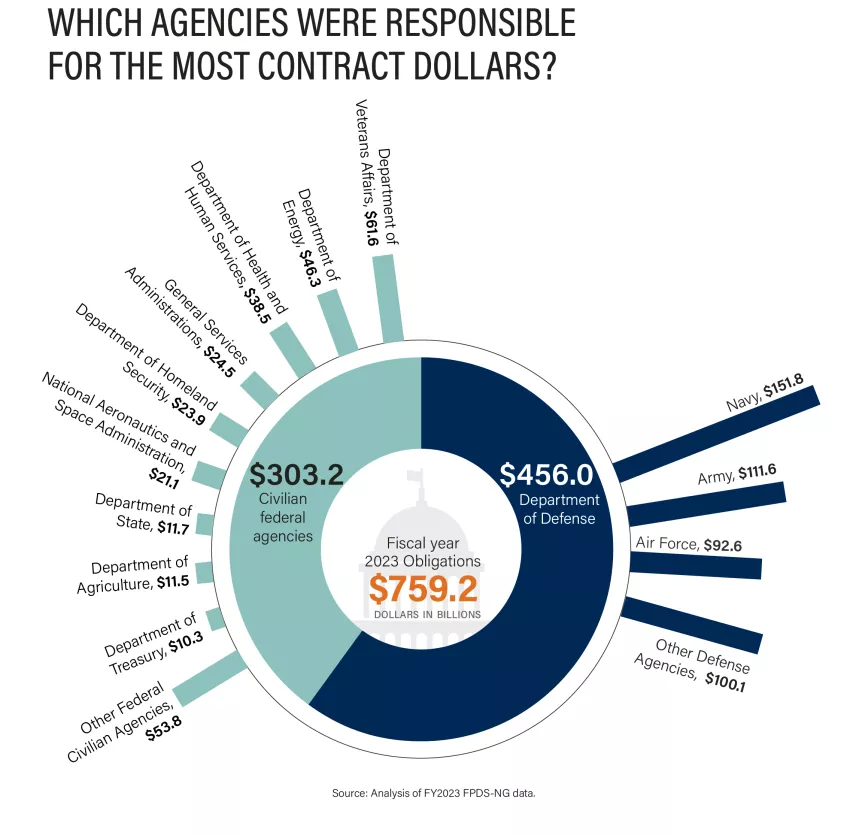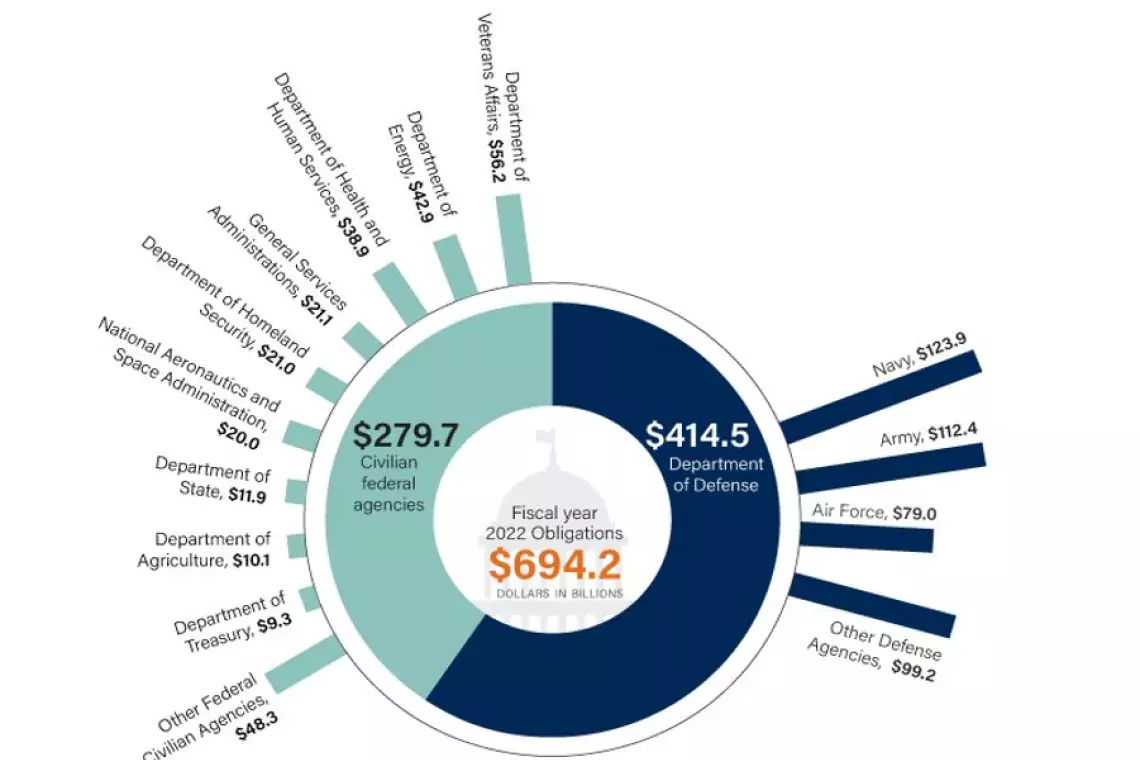What Happens When a Government Contract is Terminated?
Federal agencies spend hundreds of billions of dollars on contracts each year to buy a range of goods and services needed to meet missions. This includes everything from office supplies to weapon systems.
But agencies have flexibility to terminate a contract before it is completed—for example, when spending priorities or needs change or when the contractor fails to perform. According to the Federal Procurement Data System, in fiscal year 2024, federal agencies reported that they had terminated nearly 40,000 contracts.
Today’s WatchBlog post looks at what happens when the government decides to terminate a contract.
Image

When can the government terminate a contract?
Federal contracts typically include terms that give agencies the right to terminate contracts (partially or fully) for convenience “when it is in the government’s interest.”
For example, spending priorities and needs can change before a contract ends. This can be due to shifts in policy or even unforeseen events—such as the COVID-19 pandemic, acts of war, and natural disasters. We previously reported that agencies terminated COVID-19 contracts for ventilators and alternate care facilities when they were no longer needed. Similarly, when the Gulf War ended in the 1990s, the Department of Defense no longer needed large quantities of prepackaged, shelf-stable meals. So, DOD terminated those contracts.
Contractors, however, don’t have the right to terminate a contract simply for convenience. That is a right unique to the government.
While most federal contracts include a clause about termination for convenience, there are exceptions. For example, General Services Administration property leases are typically negotiated and may authorize the government to terminate only after a fixed term of months.
The government can also terminate a contract for default if a contractor fails to perform based on the contract’s terms, specifications, or delivery schedule. This kind of termination follows different rules and can pose serious consequences for a contractor. Before a termination for default, the government must give the contractor a chance to fix the issue.
How does the contract termination work?
The agency’s contracting officer usually needs to provide written notice to the contractor with certain information, including the effective date of termination and whether the contract is being terminated in whole or in part.
But terminating for convenience doesn’t mean the government will not have to pay any costs. A contractor may be entitled to:
- Costs already incurred and reasonable profits on those costs
- Costs associated with termination like disposing of inventories, and settling subcontracts
- Settlement expenses including certain legal and accounting costs
Contractors can have up to 1 year from the effective date of the termination to submit a settlement proposal. When coming to an agreement on these costs, the government can either pay the proposed amount or negotiate a final settlement. If the agency’s contracting officer does not extend the period for submitting a proposal or if the parties can’t reach agreement, the contracting officer may unilaterally determine the settlement amount.
Does the contractor have any recourse?
Yes. The contractor may be able to appeal the government’s decision to the Board of Contract Appeals with jurisdiction or to the United States Court of Federal Claims.
Federal courts have generally upheld the government right to terminate for convenience. And the bar for proving the government acted in “bad faith” requires clear and convincing evidence.
You can learn more about our work on federal contracting by visiting our Federal Contracting webpage.
- GAO’s fact-based, nonpartisan information helps Congress and federal agencies improve government. The WatchBlog lets us contextualize GAO’s work a little more for the public. Check out more of our posts at GAO.gov/blog.
- Got a comment, question? Email us at blog@gao.gov.
GAO Contacts
Related Products

GAO's mission is to provide Congress with fact-based, nonpartisan information that can help improve federal government performance and ensure accountability for the benefit of the American people. GAO launched its WatchBlog in January, 2014, as part of its continuing effort to reach its audiences—Congress and the American people—where they are currently looking for information.
The blog format allows GAO to provide a little more context about its work than it can offer on its other social media platforms. Posts will tie GAO work to current events and the news; show how GAO’s work is affecting agencies or legislation; highlight reports, testimonies, and issue areas where GAO does work; and provide information about GAO itself, among other things.
Please send any feedback on GAO's WatchBlog to blog@gao.gov.




